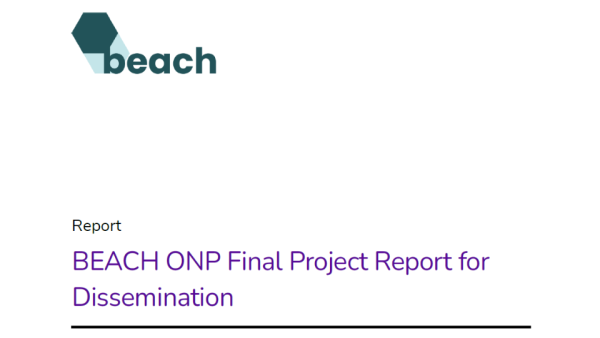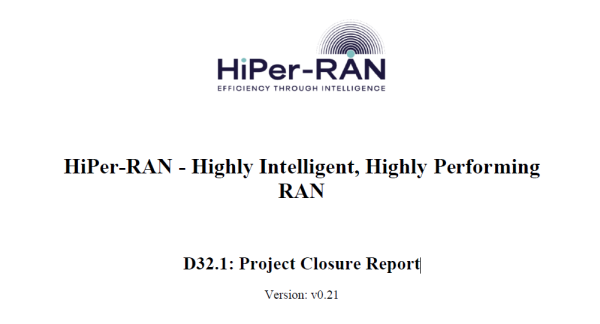Report
Currently traditional RAN vendors are delivering to operators a ready for deployment RAN solution, which is already fully tested and pre-integrated in their own facilities. Each vendor manages its own lab and testing resources, so that the associated overhead in integration complexity is transparent
Summary Currently, traditional RAN vendors are delivering to operators a ready for deployment RAN solution, which is already fully tested and pre-integrated in their own facilities. Each vendor manages its own lab and testing resources, so that the associated overhead in integration complexity is transparent to the operator.
Hardware and software are tied, and product roadmap is built according to 3GPP specifications for radio functionalities. Logical interfaces between subsystems of the radio site are proprietary defined, so no interoperability between different vendors is possible. OPEN RAN provides increased flexibility and potential by enabling the selection of “best of breed” network components from a multivendor ecosystem, meaning a significant TCO reduction for operators.
For the open ecosystem to foster innovation and new technology developments, whilst also driving costs down, it is necessary that the product development efforts are shared by all stakeholders. A coordinated community will ensure the full interoperability of the disaggregated solution. This coordination addresses the full interoperability of the multivendor solution. System Integration is one of the key areas to consider, as there is no longer a unique entity responsible for the complete E2E , including software life cycle management, KPI assurance, service management, etc.
A new approach to system integration during the deployment phase is also required to efficiently manage the supply chain disaggregation and fully capture the TCO savings.
This document outlines our vision of the system integration processes needed to deliver a truly interoperable RAN solution, ready for massive deployment, into a mobile operator network.
The main aim is to promote the industry conversation on how system integration should evolve, based on our views and experiences. The traditional system integration model is considered, showing its limitations when applied to OPEN RAN. Finally, a new proposal for the industry is presented, explaining how the innovative change of direction implies a significant improvement in economic and operational efficiency.








